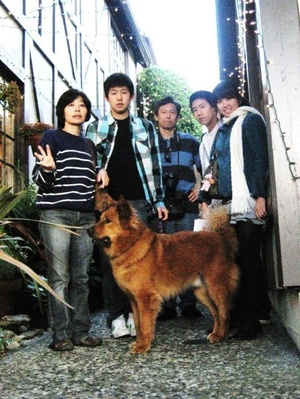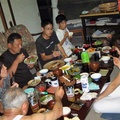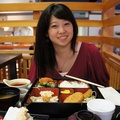I once read an article on “Accidental Americans.” I believe there are many ways to become an “Accidental American.” For Vietnamese Americans, perhaps their parents fled after the Fall of Saigon. Or for some undocumented immigrants, perhaps America is the only country they ever knew because their parents immigrated when they were too young to remember. Neither of these Americans chose their own destiny to become a part of United States. I have my own story of how I became an “Accidental American.”
I am a part of a new wave of Japanese immigrants. Japanese born and American raised. I am a post-war Shin-Issei.
My father was an expatriate for a multinational corporation based in Japan. Before I even learned to speak Japanese properly, my father was relocated to Holland where I spent the next five years speaking Dutch and playing with European friends. Perhaps if I had stayed there, I would have become Japanese-Dutch. However, eventually we were brought back to Japan where my parents thought I would grow to be plain-old “Japanese.”
My father designed and invested in a home close to a park where we would play, and planned out exactly which schools we would attend from Elementary to High school. I would never get a chance to live in this house, the house that was supposed to be my home.
A few months after my seventh birthday, we moved to Texas to follow my father’s next 5 year assignment. Looking back 17 years later, I can see why my parents, particularly my mother, drilled me on the importance of learning Japanese and learning to BE Japanese.
I didn’t realize it at that time, but I was always living my life on the brink. My parents knew that they would not be staying in the U.S. permanently and knew that, depending on me and my brothers’ ages, we would have to be drafted back to Japan with them.
Unlike many other expatriate kids, we were not enrolled in hoshuukou language school, but instead my mother homeschooled us using official Japanese textbooks in kokugo (Japanese), suugaku (mathematics), shakai (social studies), and rika (science). Everyday after finishing my school homework, she would pull out Japanese workbooks for us to complete before going to play.
We were told to keep a diary in Japanese. We watched Pokemon and Detective Conan in Japanese. We read manga, were fed Japanese food, and visited our relatives in our homeland every few years. These were all ways to make sure we were “Japanese enough” to return with ease, in case that time should come.
In the end, my father was able to extend his assignment in the States to 15 years. My brothers were then 17 and 19, and I was 22. Having spent so much time in California, Virginia, and Texas constantly surrounded by not just other Asians and Whites but also Blacks and Latinos, we had become Americanized over time.
No matter how hard we fought it, our identities had become engrained in the American fabric. We believe in American values such as independence and diversity. We write English better than Japanese, and we definitely feel more at home in the suburbs of California than in our parents’ countryside house in Japan.
Currently, my brothers and I are residing in Southern California attending universities while my parents live in the house they designed in Japan. Though we frequently visit Japan and phenotypically blend into this still mono-cultural society, by nature of the expatriate-family experience, I have become an American at heart—a non-naturalized Shin-Issei, a self-identified member of the Japanese-American community, an Accidental American.
© 2011 Eri Kameyama






